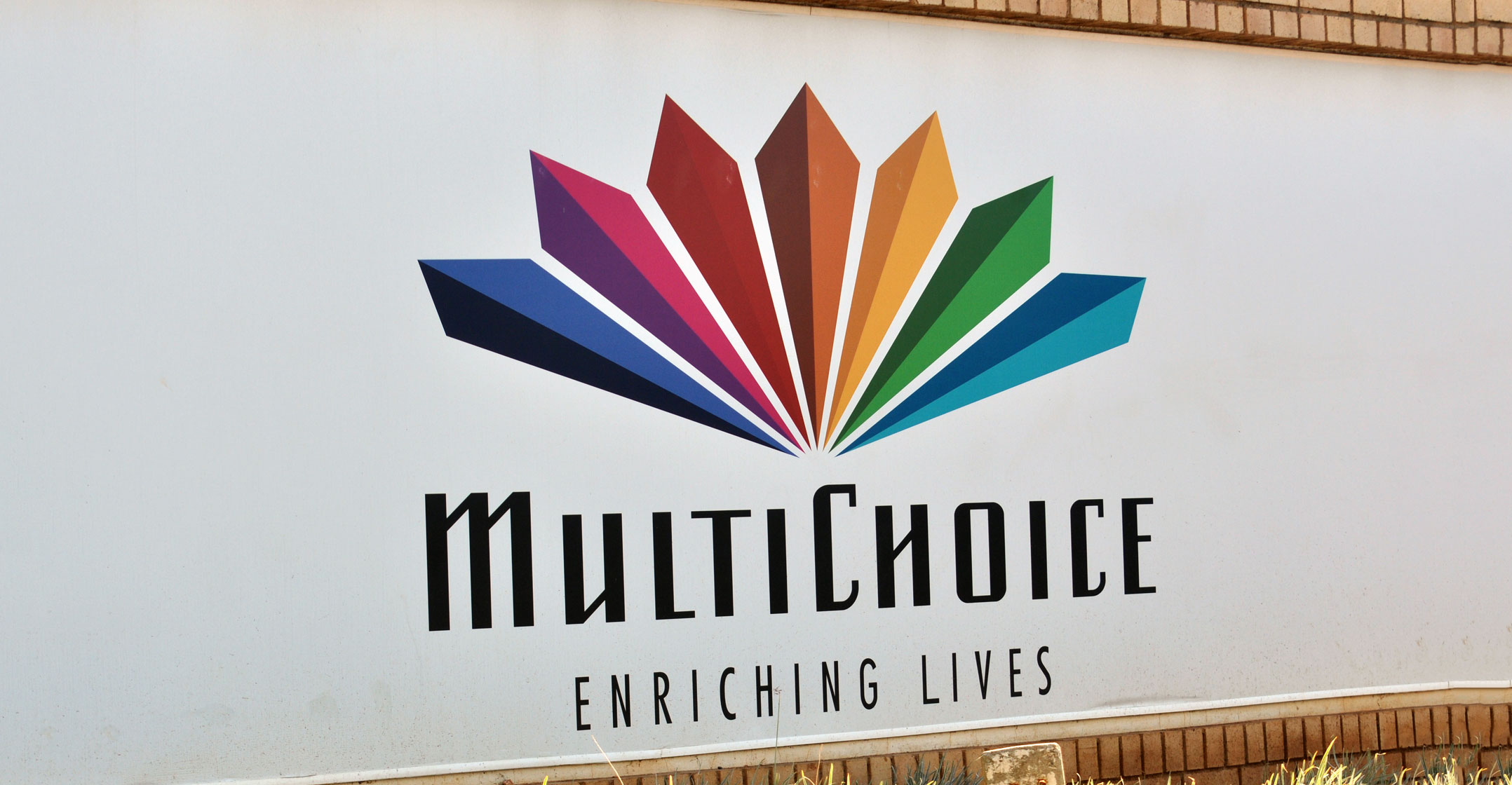
[dropcap]M[/dropcap]ultiChoice parent Naspers has disclosed that it has grown the number of pay-television subscribers on its books in the past year, though pressure on prices in a weak economy, coupled with weak currencies in its key operating markets, has put the squeeze on margins.
In annual results for the year to end-March, published late on Friday, Naspers said its video entertainment segment — which houses MultiChoice and online streaming company Showmax — “continued to face the effects of weakened African currencies and higher content costs”.
The result, it said, was a “marginal decrease in year-on-year revenue and significant pressure on profitability, although the business recorded strong subscriber growth, particularly outside South Africa”. It explained that weak currencies have a large impact on earnings given pricing in local currencies and a high US dollar cost base.
Naspers described the performance of the video entertainment segment in South Africa as “satisfactory”, despite tough economic conditions.
Net subscriber growth was the highest ever over a six-month period, it said. It achieved “modest” overall growth compared to “significant churn” in the 2016 financial year.
The growth came mainly from middle-tier and lower-end bouquets, and this change in subscriber mix negatively affected revenue uplift.
The weaker rand resulted in inflation in costs and pressure on margins, which was offset by a focus on cost containment, Naspers said. It said its streaming service, DStv Now, gained “excellent traction”. DStv Now expanded its range of linear streaming channels to over 60.
“Last year, tough economic conditions led to significant churn in subscribers, but 2017 saw a return to modest growth. A value strategy was successful at expanding the business over the long term,” Naspers said about the video entertainment business broadly.
Bouquet restructuring
“This focused on bouquet restructuring and reduction of non-performing content, holding subscription prices steady in key markets, better customer focus and retention, reducing set-top box prices and rightsizing operations.”
For the year, MultiChoice added 935 000 satellite pay-TV homes, compared to just 38 000 in the 2016 financial year. A total of 597 000 digital terrestrial television (DTT) subscribers were added to the base, bringing the combined closing base (DTT and satellite) to 11.9m households at year-end.

“The DTT business continued to grow, despite analogue switch-offs not being mandated as anticipated. Development of the DTT content offering and improved retention capabilities contributed to solid growth over the year,” it said. GOtv, MultiChoice’s DTT go-to-market brand, had just over three million subscribers at year-end.
“At a macroeconomic level, muted economic growth and continued currency weakness contributed to video entertainment revenues declining marginally year on year to US$3.4bn (but increasing 7% after excluding the impact of foreign exchange),” the group said.
Content costs
“Content costs lifted due to increased competition, and the business is responding by removing or renegotiating non-essential content,” it said.
“Trading profit of US$287m declined 53% year on year (-32% when the effect of weakening currencies is stripped out) due to the impact of currency weakness in the main operating markets, where customers are billed in local currency but the bulk of the cost base is US dollar denominated. Given the high fixed-cost base, continued subscriber growth is key to improving profitability.”
Consolidated development spend for the video entertainment segment was $102m, up from $85m in 2016. Increased investment in Showmax was offset by scaling of the DTT platform, Naspers said. — © 2017 NewsCentral Media




